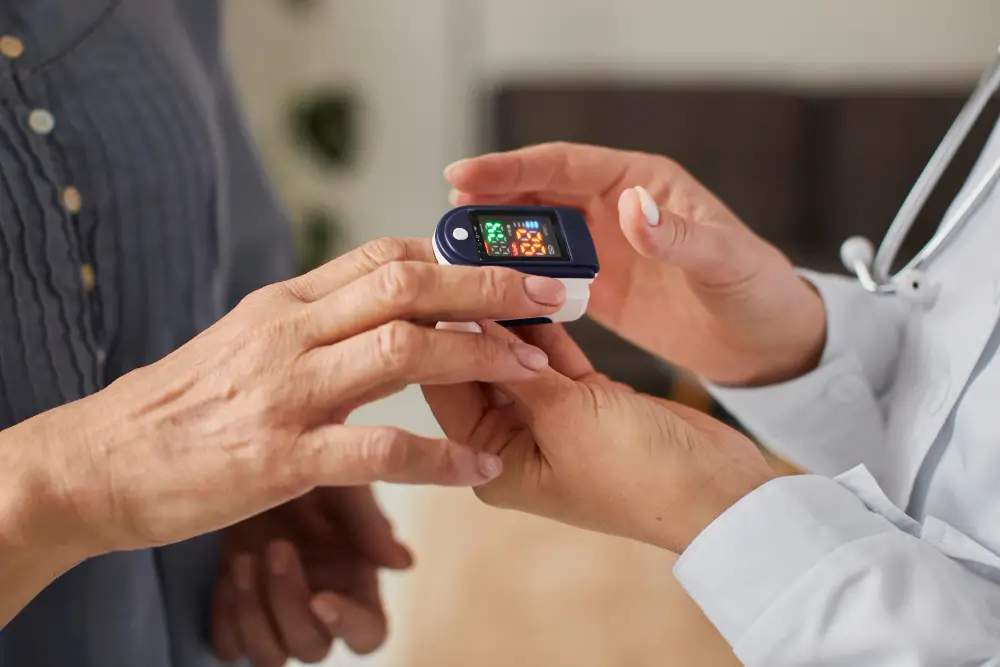Diabetes is a chronic condition affecting millions worldwide, but it’s not the same for everyone. There are two primary types: Type 1 and Type 2. While they share common symptoms, their causes, risk factors, and management strategies are different. Understanding these differences is crucial for effective diagnosis and treatment, making it easier to navigate life with diabetes.
What is Type 1 Diabetes?
Type 1 diabetes is an autoimmune disease where the immune system mistakenly attacks insulin-producing cells in the pancreas. Insulin is essential for allowing glucose to enter cells and produce energy. Without sufficient insulin, glucose builds up in the bloodstream, leading to high blood sugar levels. Symptoms can appear suddenly and often include frequent urination, increased thirst, unexplained weight loss, extreme hunger, fatigue, blurred vision, and sometimes nausea and vomiting. These signs are usually severe, prompting immediate medical attention.
What is Type 2 Diabetes?
On the other hand, Type 2 diabetes is a metabolic disorder characterized by insulin resistance. The body either doesn’t use insulin effectively or doesn’t produce enough insulin to maintain normal glucose levels. This type usually develops over time and is more commonly diagnosed in adults, though it’s increasingly seen in younger populations due to lifestyle changes. Symptoms develop gradually and include increased thirst and hunger, frequent urination, fatigue, blurred vision, slow-healing sores or frequent infections, and areas of darkened skin, known as acanthosis nigricans.
Recognizing the Risk Factors
The risk factors for each type of diabetes differ significantly. For Type 1 diabetes, risk factors include family history, genetics, environmental factors like viral infections, and the presence of autoantibodies that attack insulin-producing cells. Type 2 diabetes is influenced by a combination of genetic and lifestyle factors. Key risk factors include family history, overweight or obesity, physical inactivity, age (especially over 45), high blood pressure, abnormal cholesterol levels, and a history of gestational diabetes.
Diagnostic Tests for Diabetes
Accurate diagnosis is essential for managing diabetes effectively. Blood tests such as the A1C, Fasting Plasma Glucose (FPG), Oral Glucose Tolerance Test (OGTT), and Random Plasma Glucose Test help diagnose diabetes by measuring blood glucose levels. Additionally, autoantibody tests are used to diagnose Type 1 diabetes by detecting antibodies that attack insulin-producing cells. The C-peptide test measures how much insulin the pancreas is producing, with lower levels indicating Type 1 diabetes due to the destruction of insulin-producing cells.
Managing Diabetes
Managing diabetes involves different approaches for Type 1 and Type 2. Type 1 diabetes requires lifelong insulin therapy, regular blood glucose monitoring, a balanced diet, regular physical activity, and frequent check-ups. In contrast, managing Type 2 diabetes focuses on lifestyle changes and, if necessary, medication. Key strategies include healthy eating, regular exercise, weight management, and regular blood glucose monitoring. Sometimes, oral medications or insulin may be needed if lifestyle changes aren’t enough.
Summary
Diabetes is a complex condition with significant differences between Type 1 and Type 2. Type 1 diabetes is an autoimmune disease requiring lifelong insulin therapy, while Type 2 diabetes is often related to lifestyle factors and can sometimes be managed with diet and exercise. Proper diagnosis through blood tests and other diagnostic tools is crucial for effective management. Understanding these distinctions can lead to better treatment and improved quality of life for those living with diabetes. Knowing how to recognize symptoms, understand risk factors, and implement management strategies makes living with diabetes more manageable.
